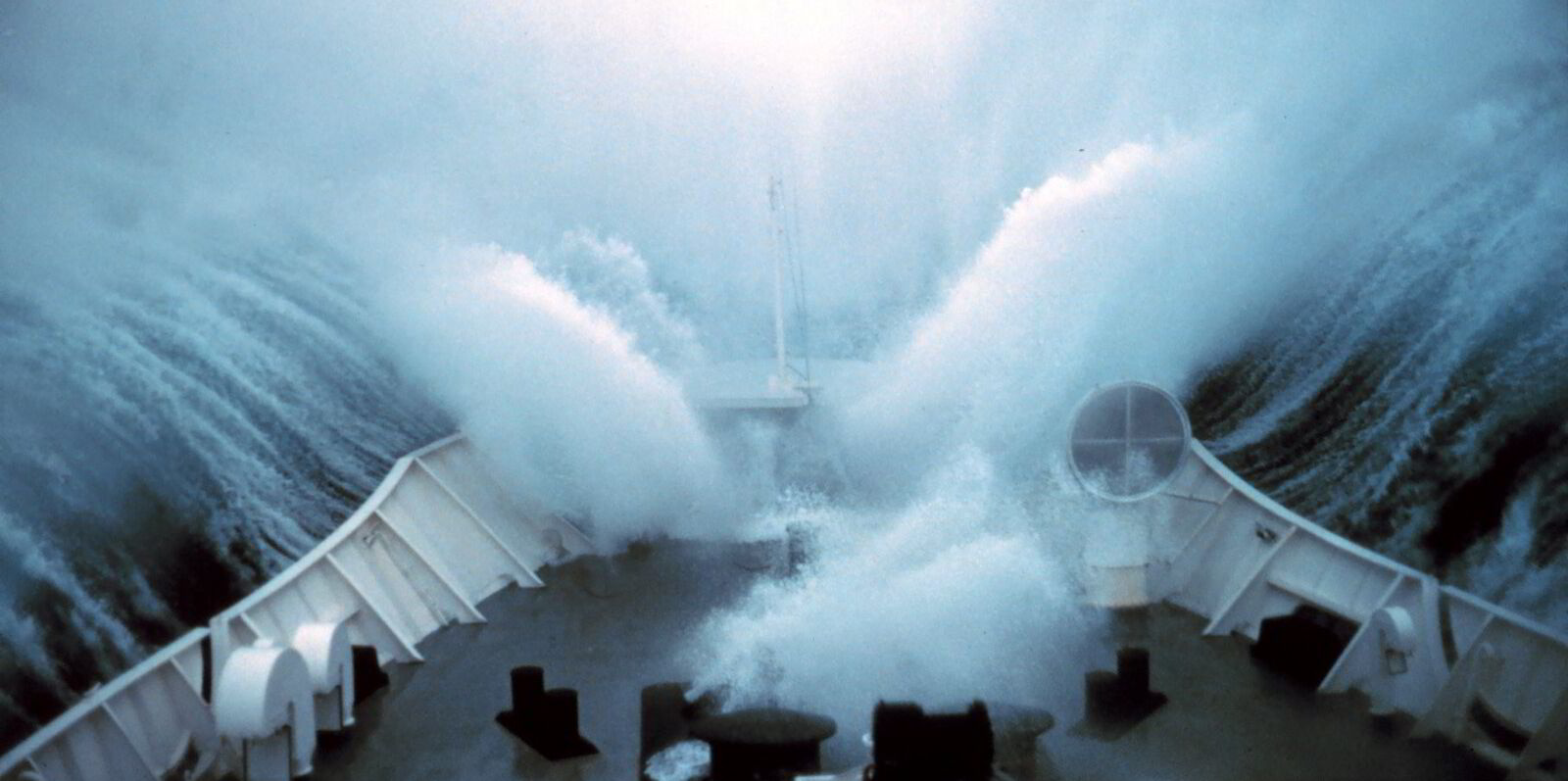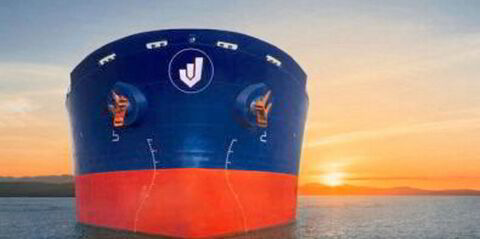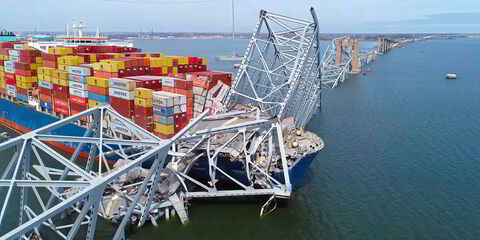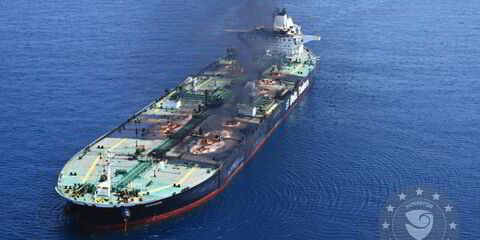Seafarers could be given vital extra time to prepare for the impact of rogue waves using an artificial intelligence-based system, according to a new study.
Researchers in the US used a new technique to predict with 75% accuracy rogue waves up to a minute in the future, according to a study published in the journal Scientific Reports on Thursday.
The successful detection rate falls slightly to 73% when the notice period stretches to five minutes, but the study still represents a key advance in reliable rogue wave forecasting, according to the authors from the University of Maryland.
“The correct predictions of thousands of rogue waves from measurement are unprecedented in the literature, and as such, demarcates a significant step towards reliable rogue wave forecasting,” the paper said.
The authors suggest the tool has the potential to be used to issue advance warnings to ships and offshore platforms. The data could also to used to work out the best sites for offshore wind farms.
Rogue waves that are more than two times larger than the surrounding peaks have been part of shipping folklore for centuries but were first scientifically recorded in the 1990s.
They are estimated to occur once every 10,000 waves and have the power to damage ships and take lives.
A rogue, or freak, wave was responsible for the death of a passenger and injuring four more on a cruise ship bound for Antarctica in 2022. During a storm, the wave smashed windows on board the 378-berth Viking Polaris (built 2022) off Ushuaia, 3,200 km south of Buenos Aires.
Researchers Thomas Breunung and Balakumar Balachandran developed their tool by analysing years of data from millions of waves using 172 recording buoys off the US coast.
They monitored waters that ranged in depth from a few metres to 4,000 metres.
The study found the findings could be translated to other areas after the researchers were able to predict rogue waves with the same level of accuracy near two buoys that were not part of the initial data collection exercise.
Room for improvement
The researchers said that the accuracy and advance warning time could be further improved by using other data, including water depth and wind speed. Forecasting rogue waves has not been possible with any accuracy before.
They said the findings meant that one in four waves were still not identified and a significant number of false alarms were issued.
One of the authors of the study, trained naval architect Balakumar Balachandran, told TradeWinds that the research could be applied beyond the coasts of the US.
While the study was based on buoy readings, a “reconnaissance” vessel could eventually be developed, fitted with the artificial intelligence-based system to provide prior warnings.
He cited the incident on the Viking Polaris when injuries were caused by broken windows. “If you had this five-minute advanced warning you could think about moving people … from these vulnerable structural areas, or even perhaps change the course of the vessel.”
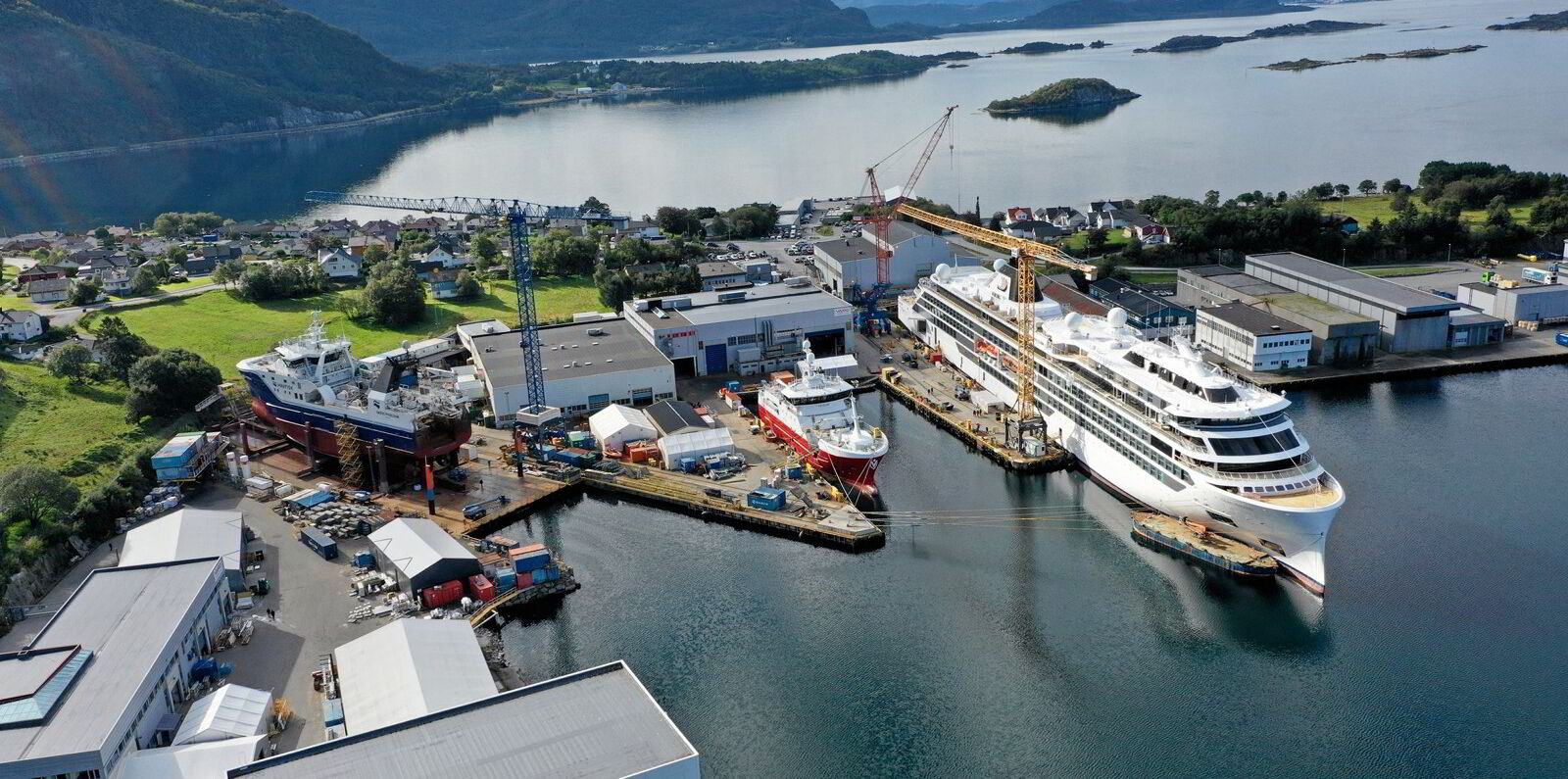
David Patraiko, director of projects at the Nautical Institute, who spent 20 years at sea, told TradeWinds that a five-minute warning would allow for limited preparation.
“They [rogue waves] can be devastating but very tricky to pick up,” he said.
“If you knew that a rogue wave was coming and had five minutes, then you could ring the general alarm and get the master on the bridge so at least everyone is standing by.”
He said that with enough detail, the ship could adjust course to meet the wave to have the least impact to the ship.
“It would be enough time to change speed, particularly if you were going at 18 to 20 knots, so you don’t slam into it, but with enough power to push through.
“Five minutes would be better than nothing.”
Read more
- Extreme weather brings Cape of Good Hope container ship traffic to a halt
- Giant wave kills passenger and injures four on new Viking cruise ship
- Le Freak storm: Nile Rodgers and Sophia Loren evacuated
- Seven injured as freak wave hits ferry
- Ferry windows smashed by freak waves
- Crew jump from rescue ship hit by freak wave
